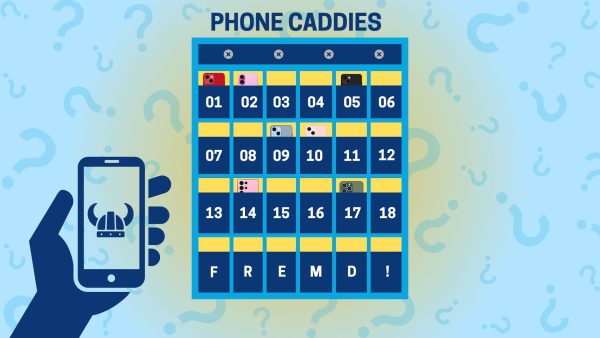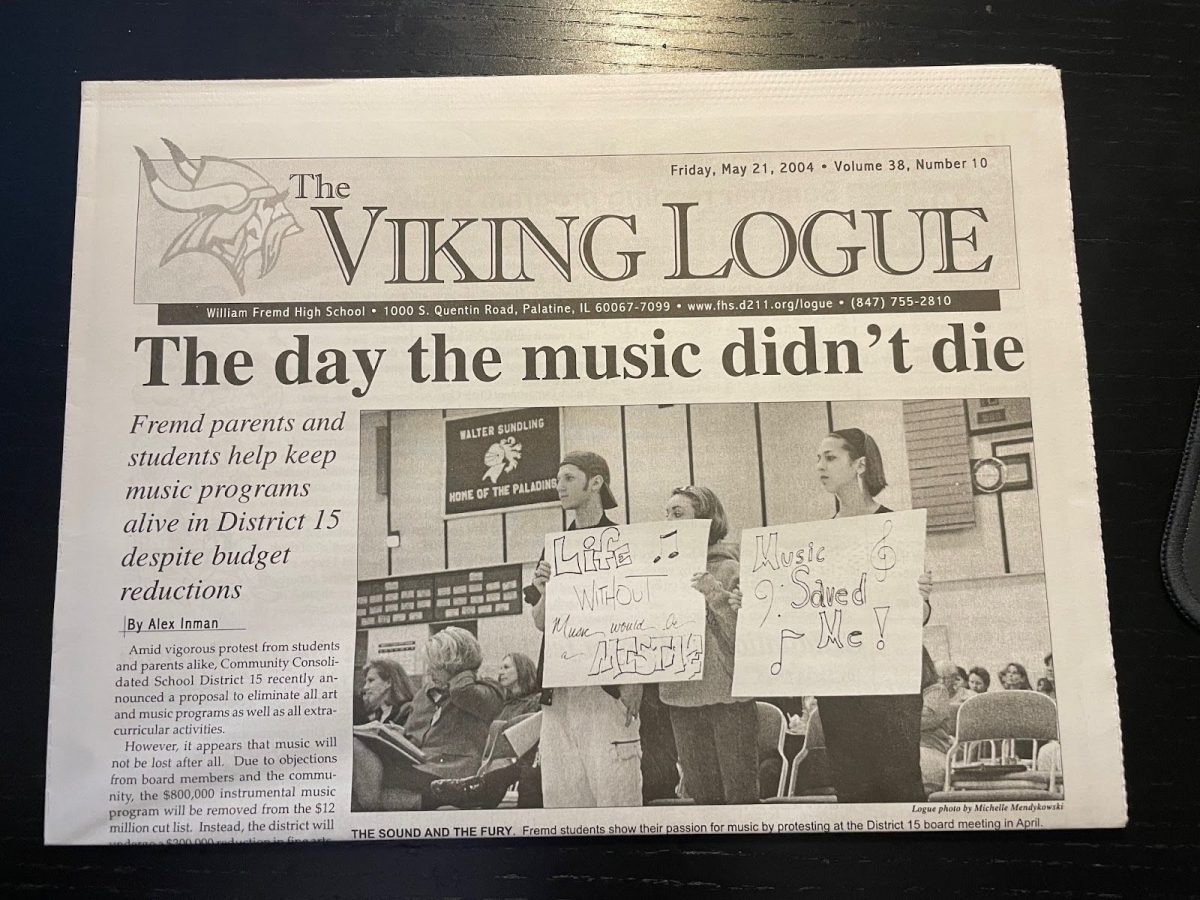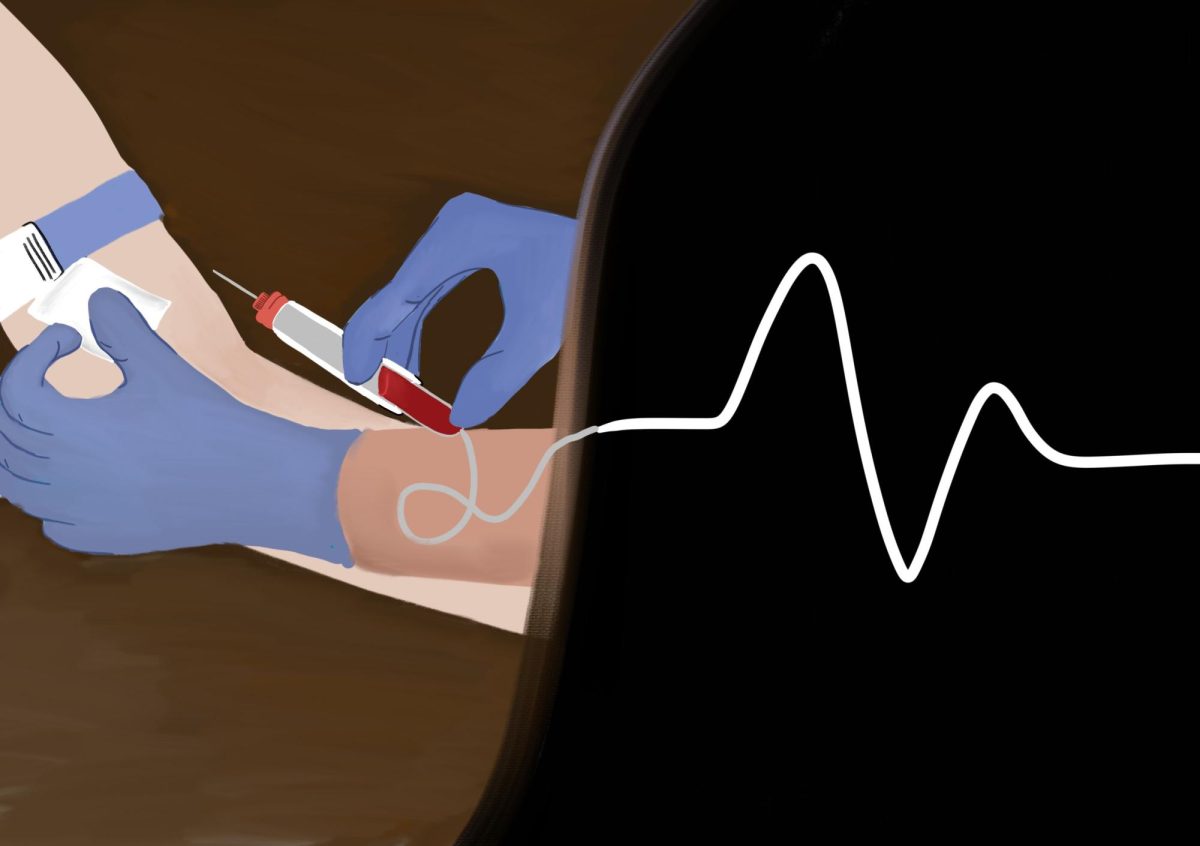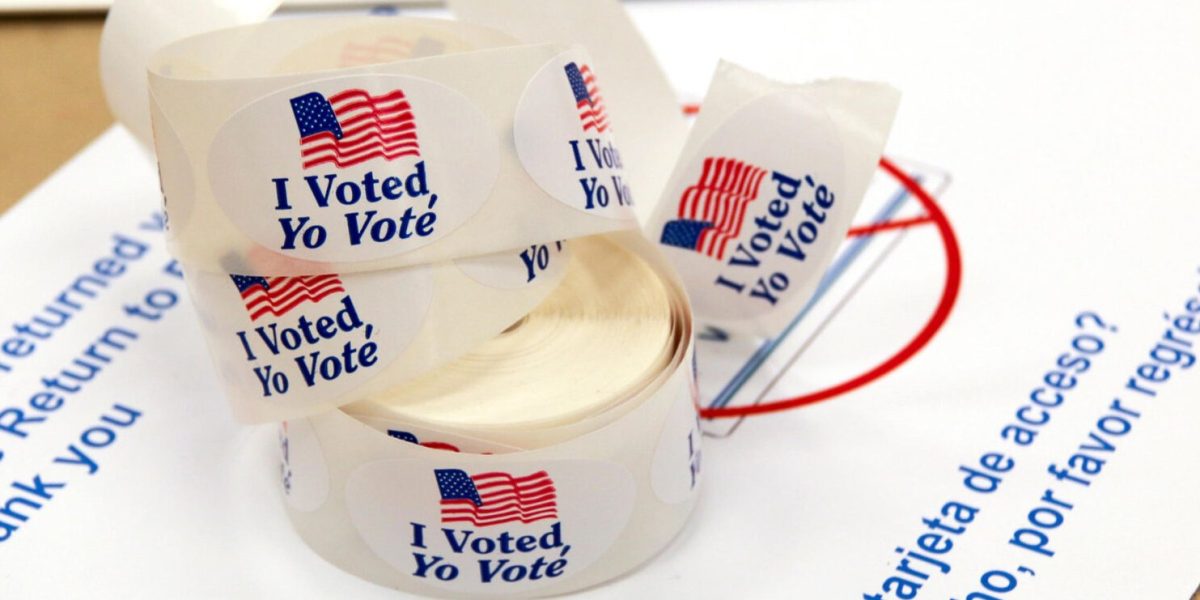
As the bell rings and you walk into class, muscle memory kicks in. You scan the phone caddy to find your assigned number, dropping your phone into the pocket.
The Bell-to-Bell No Cell policy has been initiated this school year in order to engage more students inside the classroom. According to the policy, both phones and earbuds are not allowed to be used during class time, and should be put away for the entirety of the period. Yet, phones and earbuds are still allowed to be used during recreational times, like in the library and cafeteria, as well as for a few minutes during passing periods.
The policy was initially implemented to allow students to be more in the moment while learning. The Assistant Principal, Aaron Pollack, expands on the school administration’s vision of the policy.
“The main focus is trying to have students be as present as possible during academic instruction and instructional periods,” Pollack said.
Currently, most students are surrounded by a tech-centered environment, both at school and at home. Fremd’s new approach is geared towards reducing that time and spending it towards being in the moment.
“The idea of being able to disconnect for a period of time and just be with your peers, be with your teachers, and have those interactions be completely person to person, without any interruptions from tech is a benefit,” Pollack said.
When someone does use their phone during instructional time, there are consequences. Initially, the teacher first works with the student to determine why the behavior is occurring and if the problem can be solved. If a resolution is not effective, then problem solving will begin with the student and their family, and afterwards move onto the administration getting involved. Although the exact record of infractions is not available, Pollack believes that they appear to have gone down since last year, most likely due to the new approach towards technology.
Earlier this year, similar issues came up in the form of proposals for the Illinois state legislature about restricting the use of cell phones in classrooms statewide for the 2026-2027 school year. Although the proposal failed to pass, there is still strong support for the bill, with state lawmakers saying it requires some edits. The bill would have required school districts to create a policy that limits cellphone time during instructional periods, while ensuring that the phones are still secure and safe throughout the school day.
Fremd’s policy had been in the works prior to this proposal, as the administration was looking to adjust previous policies long before the bill was discussed. Due to current procedures already being aligned with the goals of state lawmakers, Fremd’s policies would most likely remain the same should the bill be passed in the future.
Overall, the Bell-to-Bell No Cell seems to have achieved a lot of its objectives.
“The feedback from teachers has been fantastic. I’m hearing that students are engaging with each other more, they’re more present,” Pollack said.







